A marriage Bond exists, dated 24th Feb 1729, between Townsend and Catherine Gibson (1712-1785), daughter of Thomas Gibson. The couple had four children before Townsend died as a young father on 6th May 1737 at Bossiney, Cornwall, England and was buried eight days later at St Michael’s Church, Highgate, London. He left all his estates to his wife. Catherine died in 1785 at the age of 73.
At first glimpse the portrait seems to be a standard one in which the sitter is portrayed in what was at the time a gentlemanly pose with one arm tucked into his jacket and the other akimbo by his side. However, this portrait is not standard at all. Whilst the physiognomy has been depicted in an accomplished manner, and the portrait is striking in its study and portrayal of the sitter’s attitude, the depiction of the hands and the lively and florid handling of the cuffs and the neckcloth are remarkable. These later elements have been painted by another artist, as was customary among almost all leading British portraitists of the early to mid-18th century, in order to satisfy the great demand for portraits. Contemporary accounts regard these ‘drapery’ painters as master artists often on a status parallel to that of the portraitist. For example, the drapery painter Peter Toms was a founding member of the Royal Academy. The Flemish born artist Joseph van Aken (c.1699–1749) was the most popular and skilled ‘draperymen' in England and the drapery in our portrait contains the hallmarks Van Aken’s work. It was said that if van Aken were to paint fully independantly he could have achieved great fame.
Van Aken settled in England in about 1719 and worked there right up to his death, accumulating great wealth in his trade. The two rival artists Alan Ramsay (who also used George Roth) and Thomas Hudson employed his services to such an extent that they offered him eight hundred guineas a year for exclusive rights to his service. Van Aken had a repertoire of poses and costumes that his clients evidently used as a kind of pattern book and as such the same features sometimes occur virtually identically in the work of different painters, leading George Vertue to comment in 1743 “Mr Van acken – whose draperys silks satins Velvets, gold & embroideryes which he dos paint for several of them painters extreamly well- and is a great addition to their works and indeed puts them so much on a Level that it’s very difficult to know one hand from another”. By the end of the century such production line methods were falling out of favour and the separate profession of drapery painter was dying out.
The sitter wears a knotted wig where it was fashionable to wear the left ladder (the long pieces) over the left shoulder and tied into a knot. This type of wig, and the sitter’s attire help to date the portrait to circa 1725, which is when the sitter succeeded to the estates of his maternal grandfather, and the most likely reason why our portrait was painted. It is amusing to note that wigs and hair were powdered, initially with wheat flour, but since powder did not adhere well, the wig was first covered with grease, beef dripping, lard, or pomatum and the powder then blown or dusted over all with a ‘powder puff’ or bellows. A freshly powdered wig had to be maintained and re-powdered during an evening. Hence the use of ‘Powder Rooms’ that became common. In a large house powdering would have been done by a valet in a room designated as a powder closet. Otherwise, wigs would have been returned to the wigmaker or barber and redressed and freshly powdered once a week.
Thomas Hudson (1701-1779 was a very successful English portrait painter. He was a pupil of Jonathan Richardson, whose daughter he also married. His apprentice was a young Joshua Reynolds in 1740. Hudson began to receive notice in the early 1730s, and by 1742 he was one of the most successful of the portrait painters working in London; painting everyone of importance including members of the royal family. A large number of his portraits were engraved. He probably retired from active practice before 1760 after an injury.
Provenance: UK private collection
Measurements: Height 144cm, Width 119cm framed (Height 56.75”, Width 46.75” framed



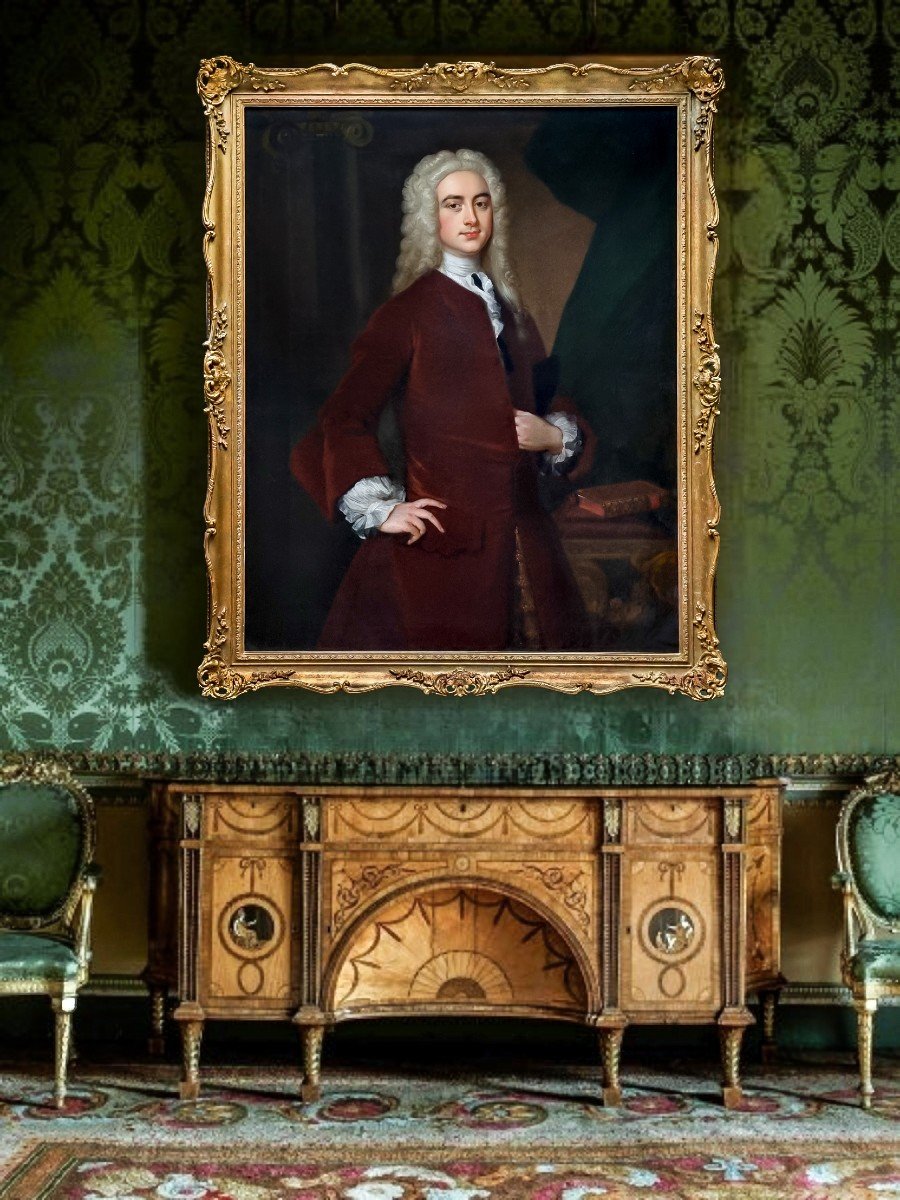
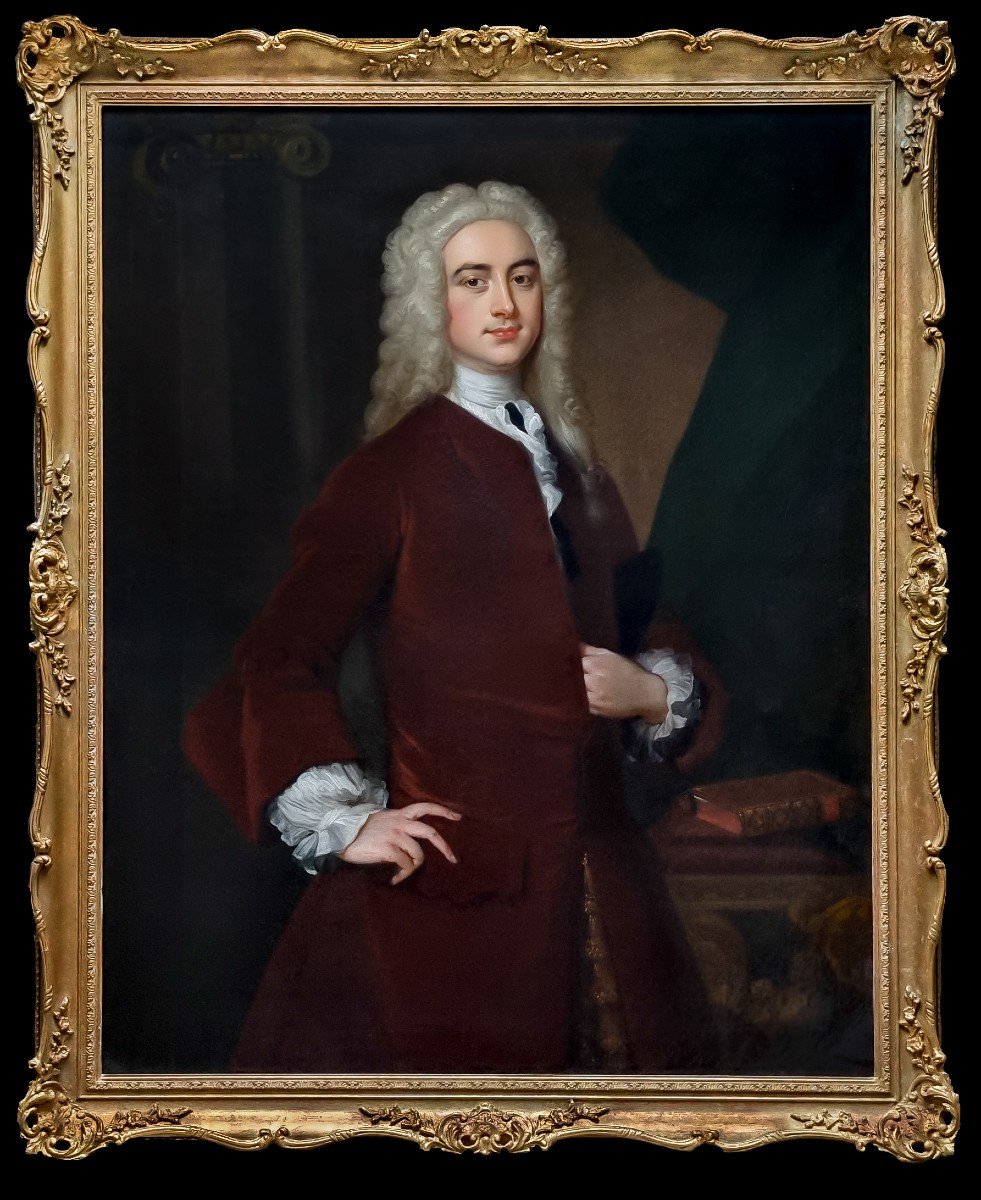
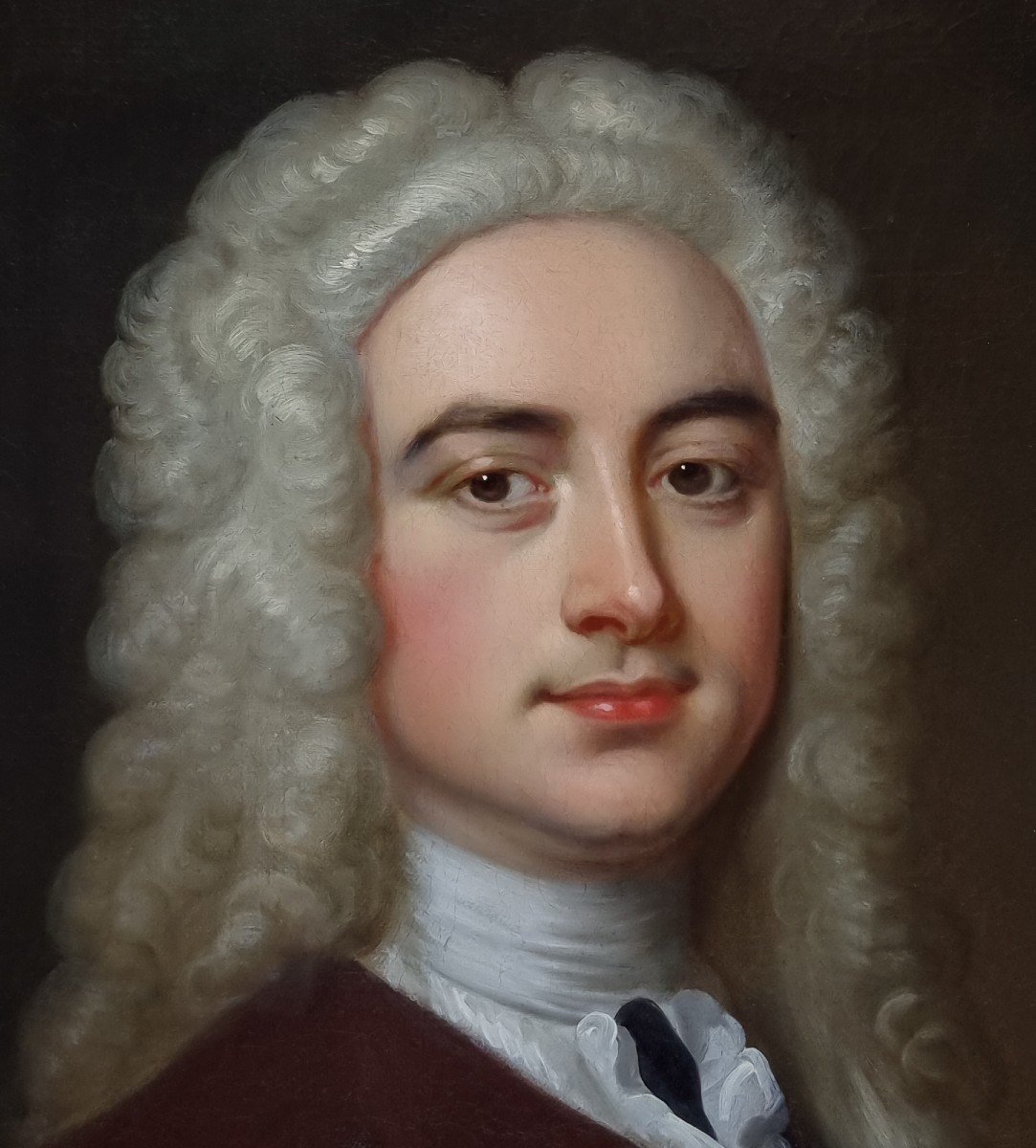

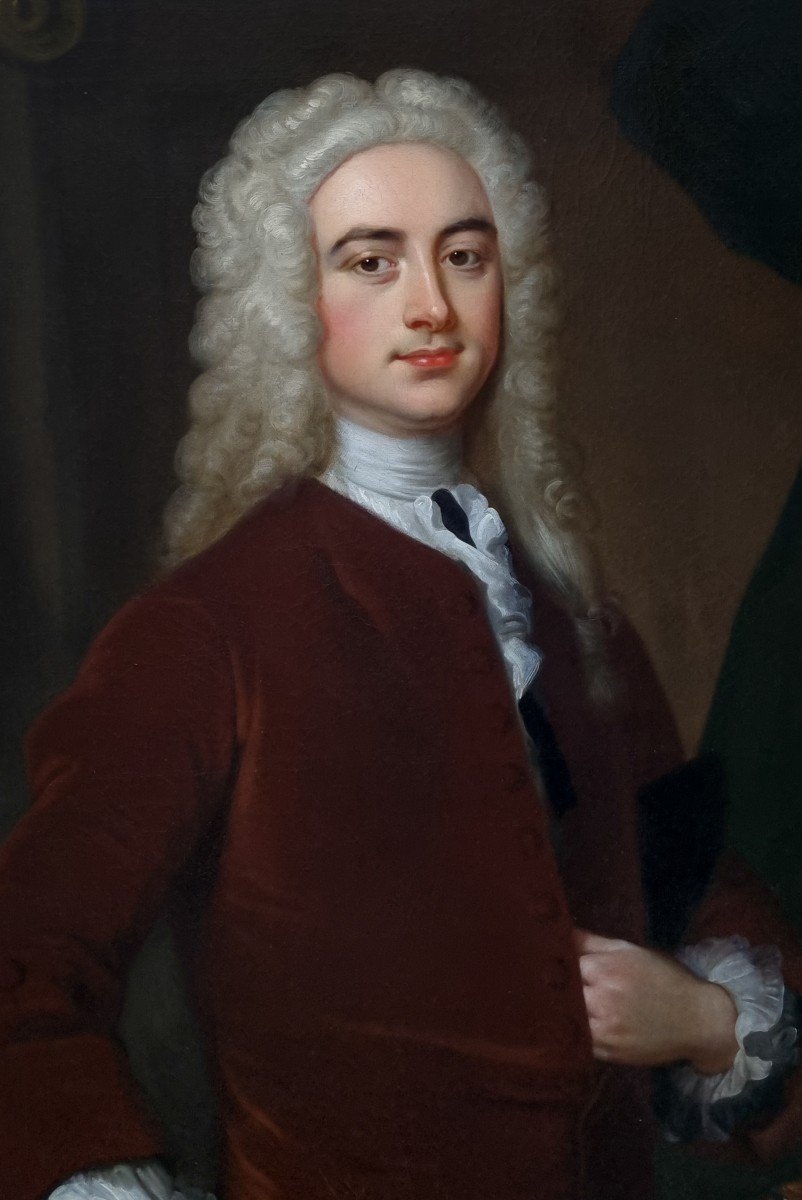
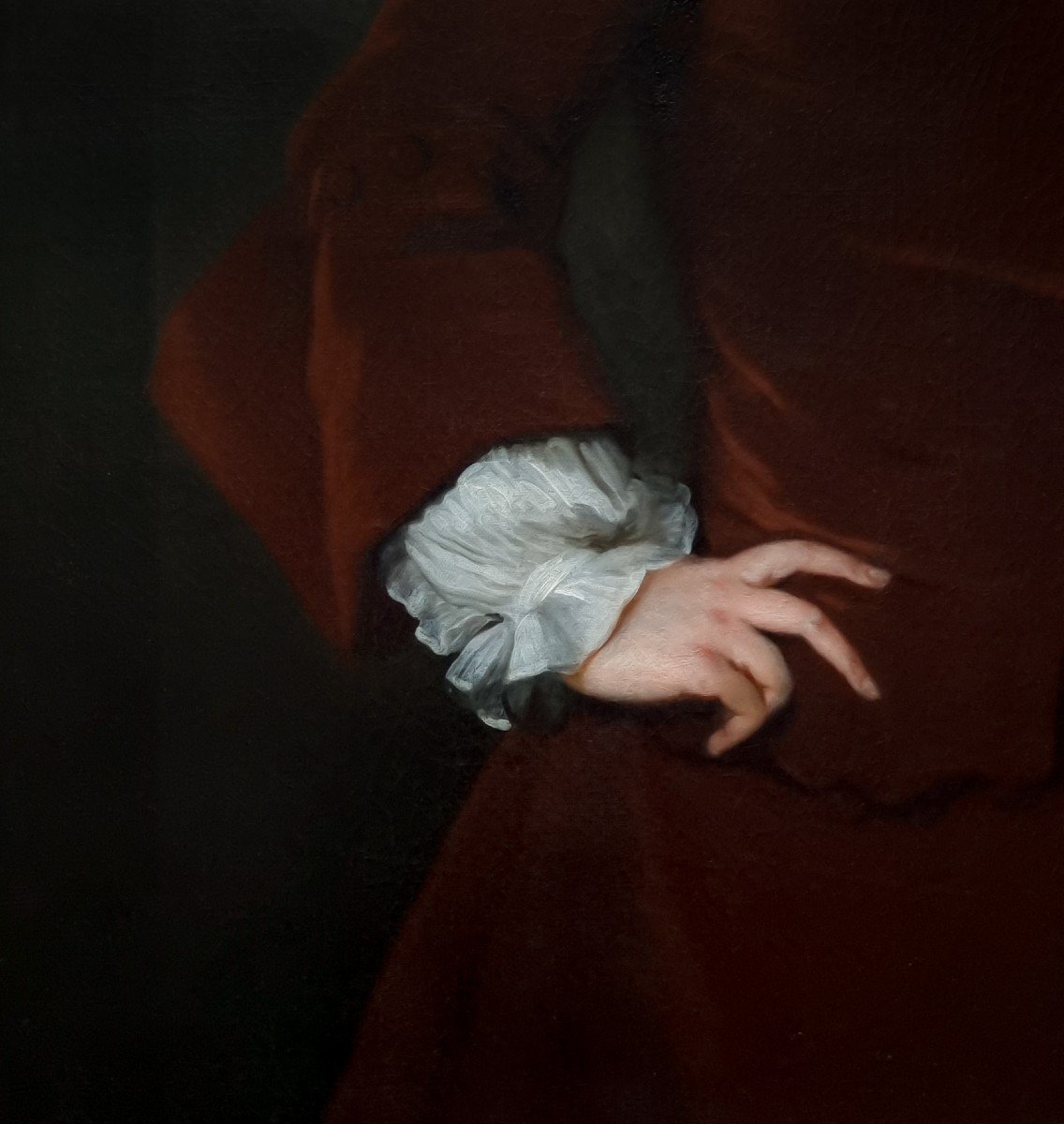

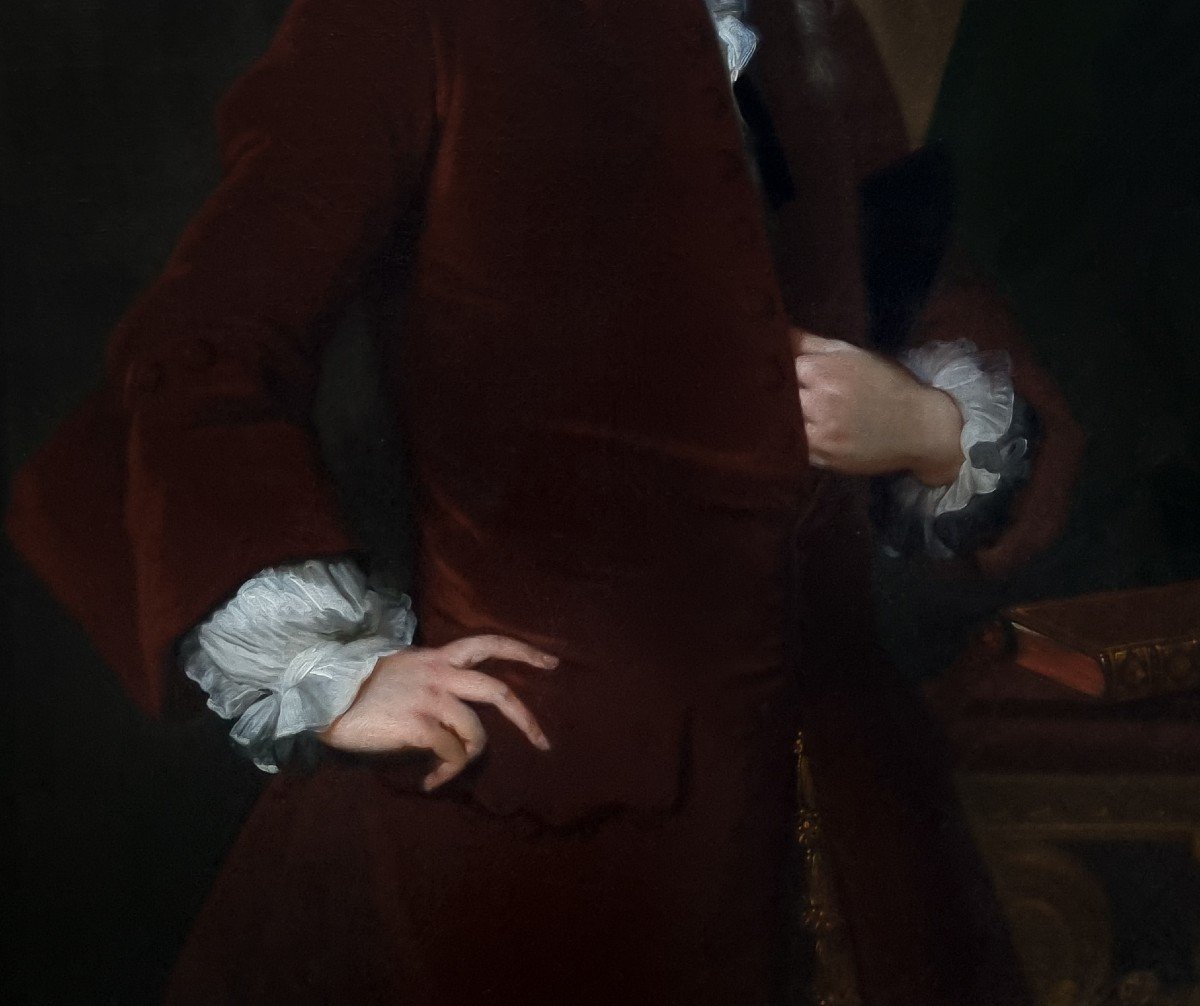
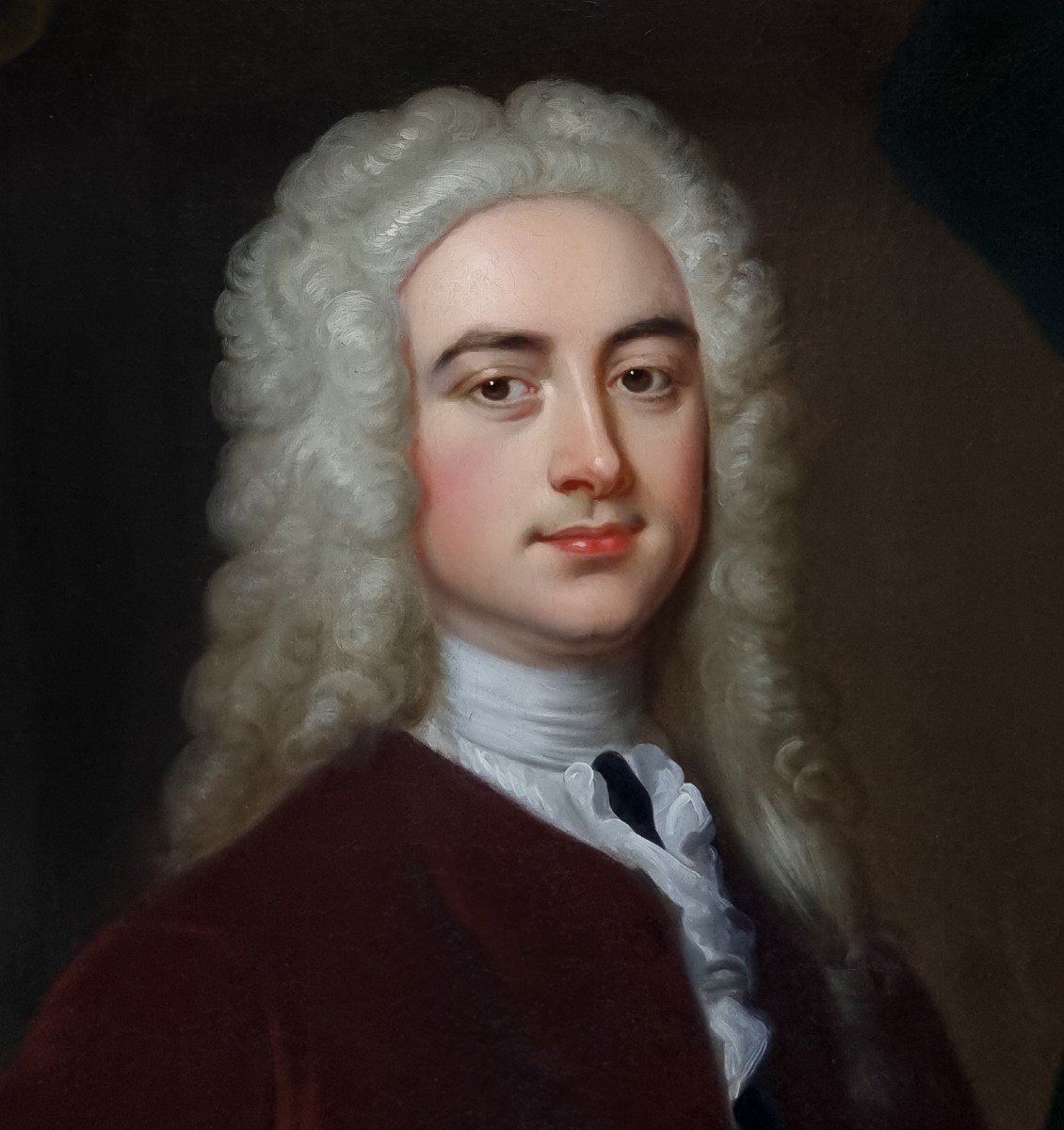
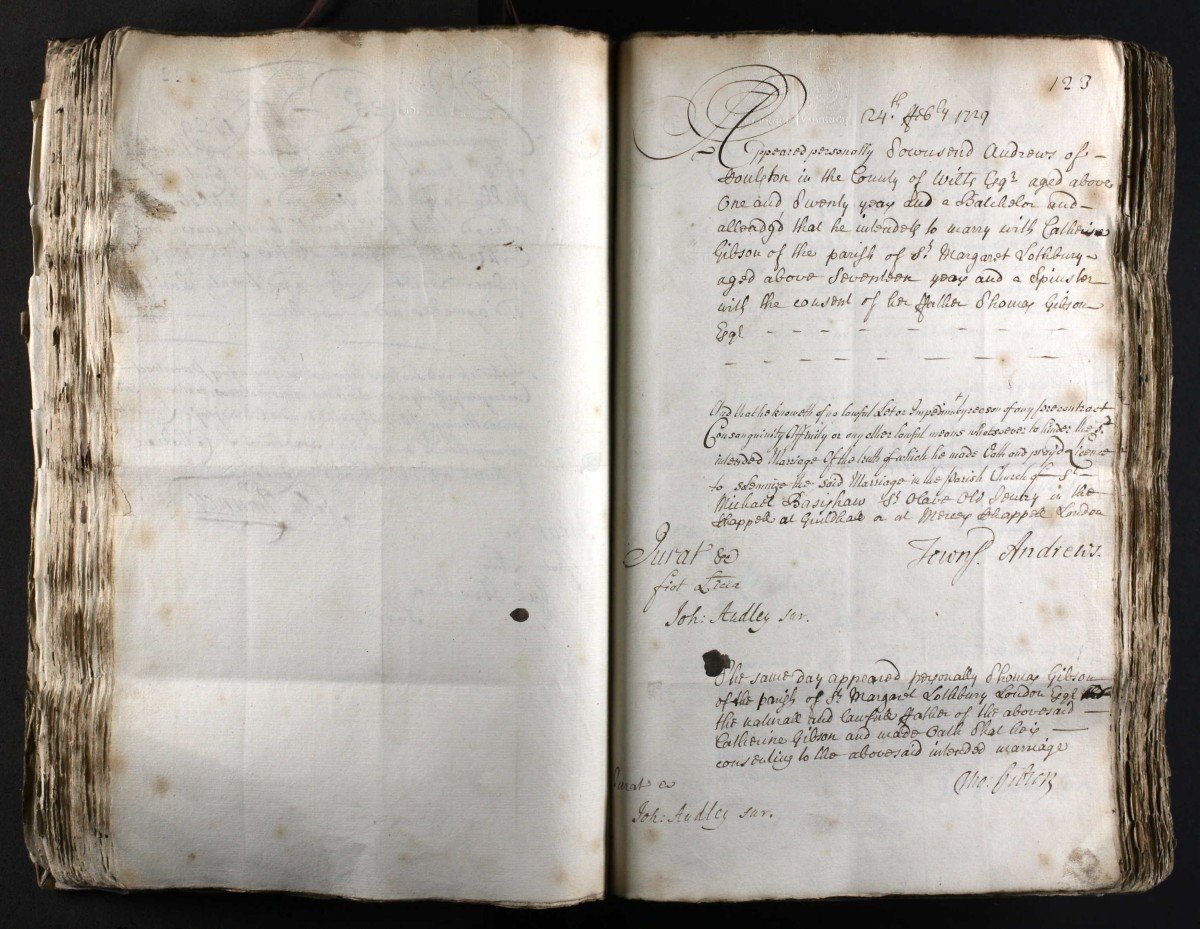
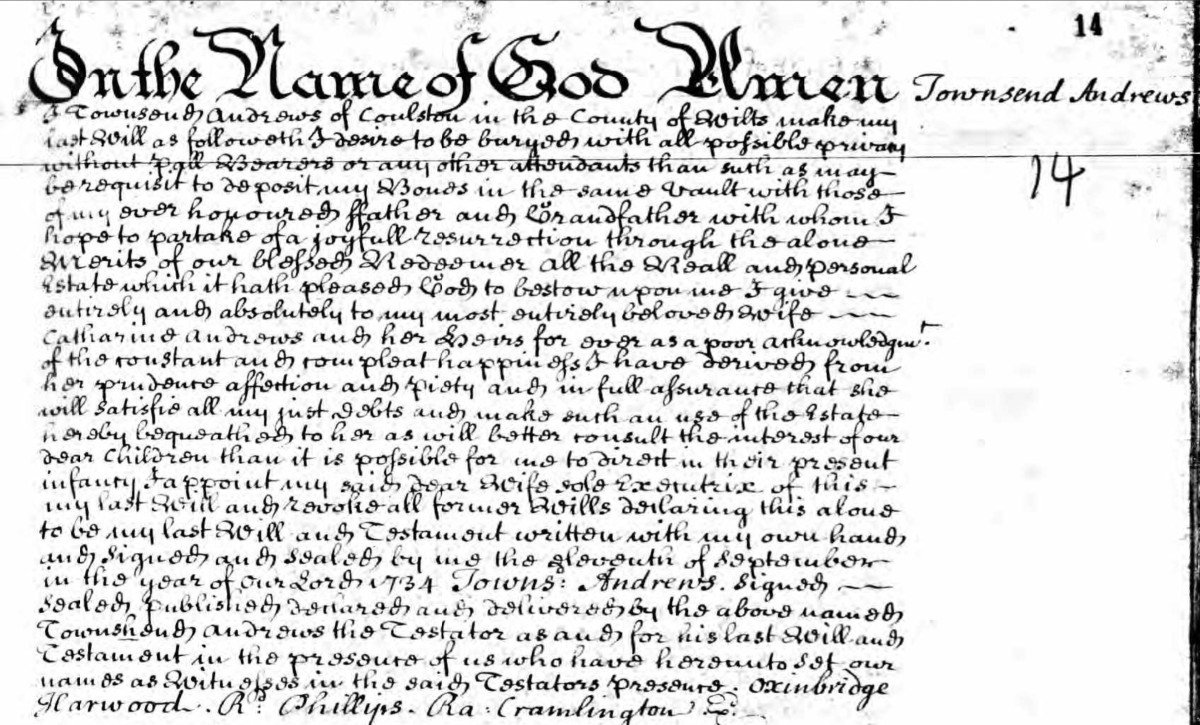







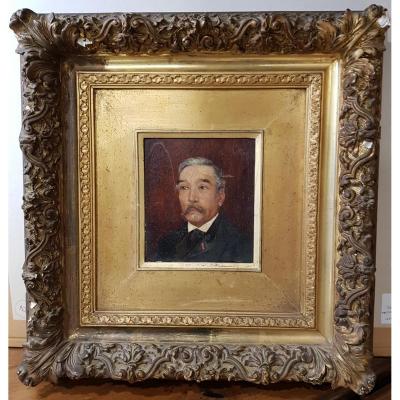







 Le Magazine de PROANTIC
Le Magazine de PROANTIC TRÉSORS Magazine
TRÉSORS Magazine Rivista Artiquariato
Rivista Artiquariato
